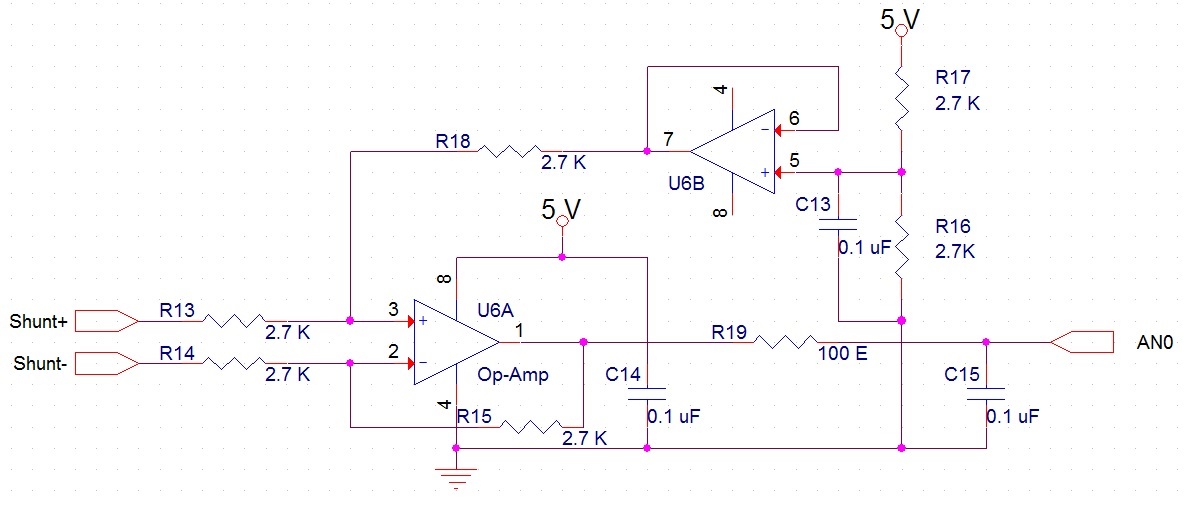Hi,
I am trying to monitor High Side current using Rail to Rail Op-Amp. The ouput of that Opamp if interfaced with a microcontroller and applied RMS algorithm and I could monitor with +/- 5 mVolts error, Is their any other method for better results.
Thanking You,
Ravi.




